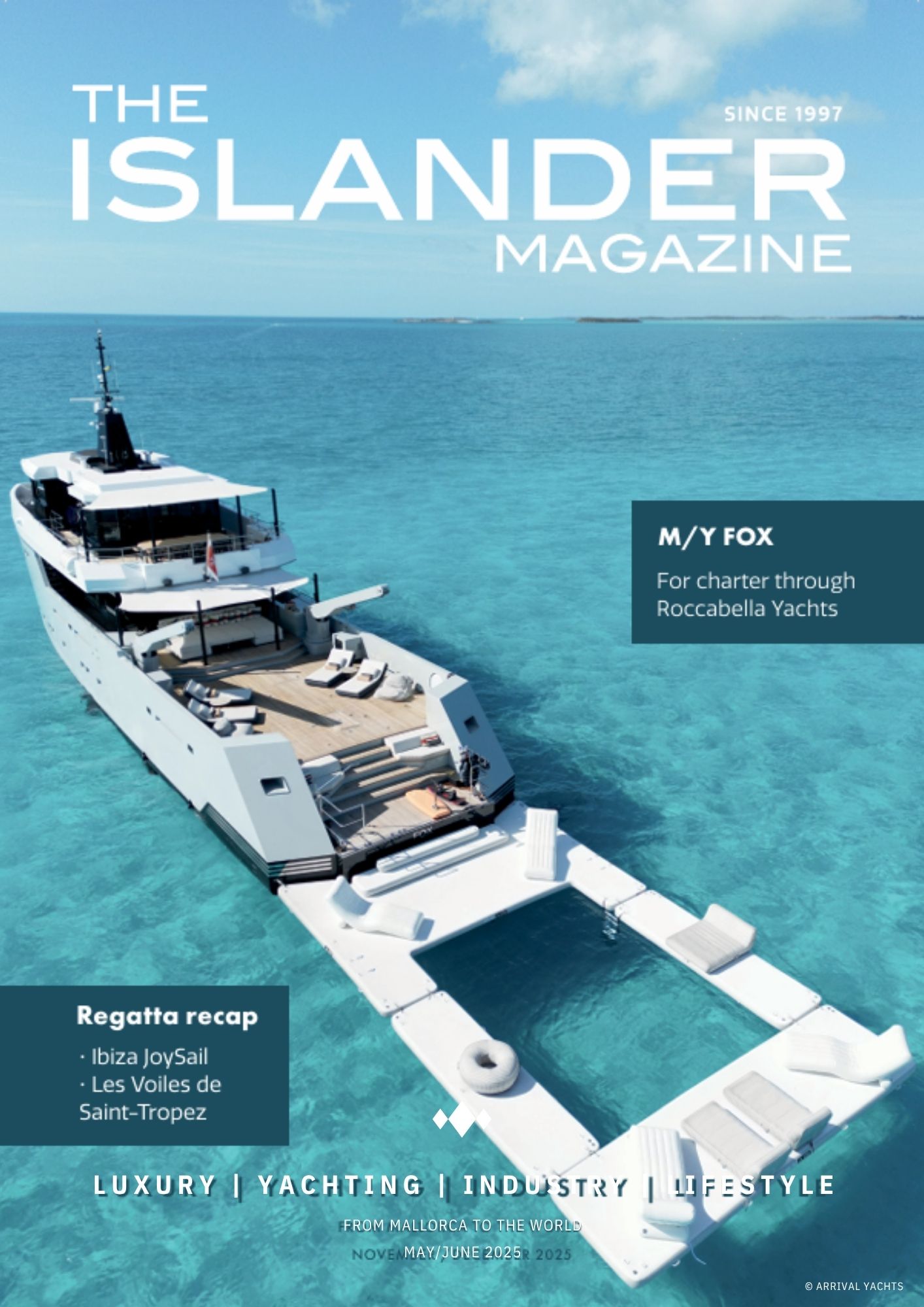Andratx fire Mallorca july 2023
Bushfires raging in summer are a harsh and devastating sight—complete and unforgiving annihilation of everything in their path. I was reminded of this all too clearly during the massive wildfires that struck Mallorca in late July 2013. These fires tore through approximately 23 square kilometers of land, destroying forests, wildlife habitats, and everything else in their way. Thankfully, no lives were lost, but the emotional and environmental toll remains heavy. Because these were dense pine forests, their recovery will take decades—if it ever fully happens.
Most of you know me by now as the Aussie “hippie” who’s been working to raise awareness and protect our incredible marine environments. So why am I writing about wildfires that happened over a decade ago?
Because they offer a stark, visual example of what environmental destruction looks like—one we can see, feel, and remember. And they offer a critical comparison to another kind of devastation that we rarely witness: the destruction happening beneath the surface of our seas.
“Out of sight, out of mind” perfectly describes our relationship with the underwater world. Here in Mallorca, many locals and visitors do snorkel or dive, but the majority don’t. That means most people never see the damage that’s taking place underwater, out of view. Unlike wildfires, which leave behind a visible, shocking aftermath, the destruction caused by bottom trawling on our seabed is hidden—but just as catastrophic.
When the 2013 fires struck, there were images and stories everywhere—blogs, news sites, social media—so you didn’t need to go see it yourself to understand the scale of the devastation. But underwater? There’s no viral photo album for the ravaged seafloor.
Having experienced serious bushfires back in Australia, the Mallorca fires hit close to home for me. The local response—the compassion and commitment from both the community and the government—was inspiring. It’s clear that when we see destruction, we care. My hope is that we can learn to care just as deeply for the damage we don’t see.
That’s why I want to talk about bottom trawling in the Balearics.
Here are some key facts I received from our friends at Oceana:
-
Bottom trawling is a destructive fishing method. Heavy nets are dragged across the seabed, destroying habitats crucial for the survival of many marine species.
-
Bottom trawlers make up only 13% of the Balearic fishing fleet,
-
Yet they are responsible for 61% of total catches and 64% of first-sale revenues.
-
Every year, a marine area equivalent to the entire surface area of the Balearic Islands is trawled.
-
These vessels also create fewer jobs than traditional, artisanal fisheries.
So what does this mean for us? It means a small number of boats are causing a massive amount of hidden damage—damage we don’t see, and therefore rarely respond to.
The most powerful thing we can do? Stop buying seafood caught by bottom trawlers. That’s not easy—most seafood sold here in the Balearics is caught this way—but awareness is the first step.
I want to leave you with two simple but vital messages:
-
We must open our eyes, our minds, and our hearts to the destruction happening in our underwater backyard. The fires showed us we do care—let’s extend that care beneath the surface.
-
The scale of damage: 23 km² of forest lost in days in 2013, once. Nearly 5,000 km² of seabed are destroyed every single year by bottom trawling. That’s like having over 200 wildfires annually—only underwater.
Would we allow this kind of devastation on land? I don’t think so. So why are we tolerating it at sea?
Bottom trawling is about as logical and sustainable as cutting down an entire forest just to catch a few rabbits.
Change won’t come easily. It begins with reducing our demand for unsustainably caught seafood. Honestly, my faith in adults to fix this is thin. But I have real hope in our children. Marine conservation and the impact of overfishing must be taught—at school and at home.
Asociación Ondine isn’t alone in caring. There are other incredible groups doing meaningful work. But we need more people helping spread awareness—especially to our younger generations—if we want a chance at real, lasting change.
Thanks to the team at Oceana for the information and visuals they shared while I researched this topic. With collaboration between big organizations like Oceana and grassroots groups like Asociación Ondine, our seas just might have a fighting chance.























0 Comments